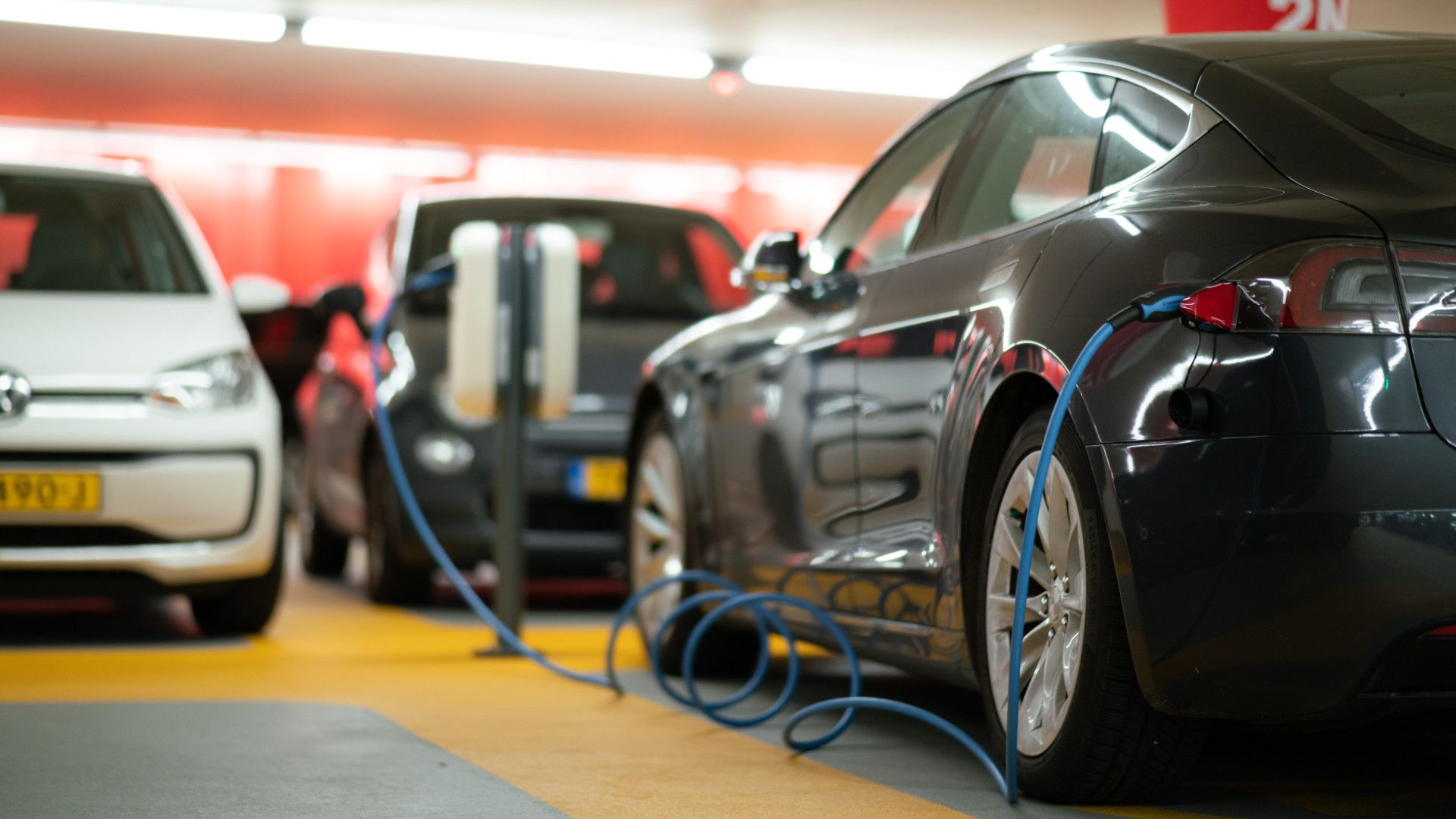
Car parking in the modern day Owners Corporation
With increased emphasis being placed on environmentally friendly commuting, many individuals and families have sought alternatives to petro-chemical vehicles. Consequently, the storage needs of vehicles have evolved. We highlight three popular alternative modes of transportation that residents have been drawn to and what is required for secure end-of-journey storing.
EV Charging Facilities
Electrical vehicle (EV) imports have increased by a staggering 500 per cent year-on-year since the beginning of the decade. This isn’t surprising given the many benefits of electric vehicle ownership, one of the most prominent being financial savings.
According to the Electric Vehicle Council, the average driver will spend roughly $28 a week, if they switch from petrol vehicles over to an EV. People who make the switch will also protect themselves from price volatility at the petrol bowser.
Additional savings would be achieved if the EV owner was to install solar panels with battery backup. Meaning that alongside saving a substantial amount of money, there would be an improvement in the overall sustainability of a building through attaining further carbon-neutral results.
Catering to this increased demand of electric vehicles within multi-tenanted buildings is of the utmost importance to ensure that residents' needs are properly serviced. Engine Property Group’s Operations & Sustainability Manager Sebastian Golotta suggests that developers and building managers should be proactive in implementing appropriate and adequate infrastructure.
“We urge all Owners Corporation Committees to seriously consider EV charging infrastructure in their basement car parks. Main switchboards should be equipped to take on the extra loads that EV charging will require for all car spaces,” said Sebastian.
Electric vehicles have three levels of charging – AC trickle charging, AC fast charging, and DC rapid charging. Within Australia, the standard port for charging is type two AC and is used by European and American manufacturers, such as Tesla. It is important to know which of the three levels of charging will be most prevalent to ensure the charging needs of residents are adequately met.
Share Car Spaces
In recent years, we’ve observed residents seeking alternative transportation options. Share cars offer individuals and families access to reliable vehicles with minimal expenditure. The benefits of share cars include congestion reduction and eased parking demands within building car parks, providing an opportunity for social inclusion for families who otherwise wouldn’t be able to afford a vehicle.
Residents are not beset with the long-term costs and responsibilities associated with vehicle ownership. Melbourne is one of the leaders internationally in shared car spaces and programs. Organisations such as GoGet and greensharecar are fantastic entities that provide great value for users. These ride-share initiatives can be easily introduced within a building and have minimal ongoing costs.
Bicycle Storage
Increased urban density, congestion, and continued pressures on an already strained public transport system have led many individuals to choose a bicycle as their preferred mode of transportation, not to mention the added health and well-being benefits that cycling affords.
But just where do you securely store bikes? It’s a good idea to install enough bike parking to meet the needs of current users and leave enough room for future use. Bicycle racks, cages, and multi-purpose lockers are all superb ways to store bikes.
Engine Property Group is committed to providing adequate solutions to any vehicle storage challenges that residents may face. If you would like to know more about our services or would like to hear more about our sustainability pledges, get in touch here.Engine Property Group
Level 2, 126 Wellington Parade
East Melbourne VIC 3002
Open Monday to Friday 9 – 5pm
Phone 03 9235 9900
Copyright 2021 Engine Property Group | All Rights Reserved
Engine Property Group
Level 2, 126 Wellington Parade
East Melbourne VIC 3002
Open Monday to Friday 9 – 5pm
Phone 03 9235 9900
Copyright 2021 Engine Property Group | All Rights Reserved

